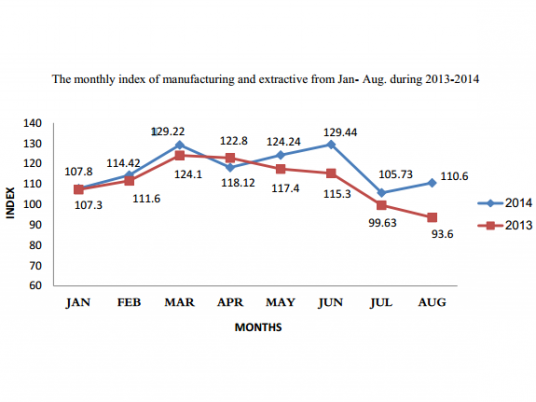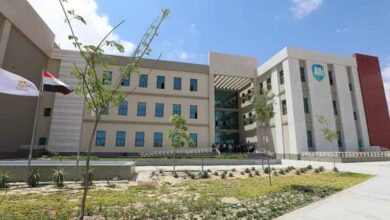
40.8 percent of Egypt's carbon dioxide emissions in 2013-2014 were generated by the energy sector, while transportation was responsible for 17.6 percent, industry for 16.7 percent, and roads and construction sector for 2.3 percent, according to the Central Agency for Public Mobilization and Statistics (CAPMAS).
In an annual report on environmental statistics for 2013 issued on Monday, CAPMAS said that 197.1 million tons of carbon dioxide were released to the atmosphere as a result of oil and natural gas consumption, compared to 197 million tons in 2012-2013.
9.7 billion square meters of water were purified in 2012-2013, compared to 8.9 billion square meters in 2011-2012, marking a 9.1 percent increase, CAPMAS added.
7.4 billion square meters of water were consumed in 2012-2013, compared to 7.1 billion square meters in 2011-2012, which represents a 5.4 percent increase.
According to the report, Egypt has also succeeded in removing the ozone-depleting substances included in the Montreal Protocol, given that the usage of halon gas was stopped in 2007, chlorofluorocarbons were removed in 2011, and Egypt consumed 92 tons of Methyl bromide in 2013, compared to 194 tons in 2012, marking a 52.6 percent decline.




